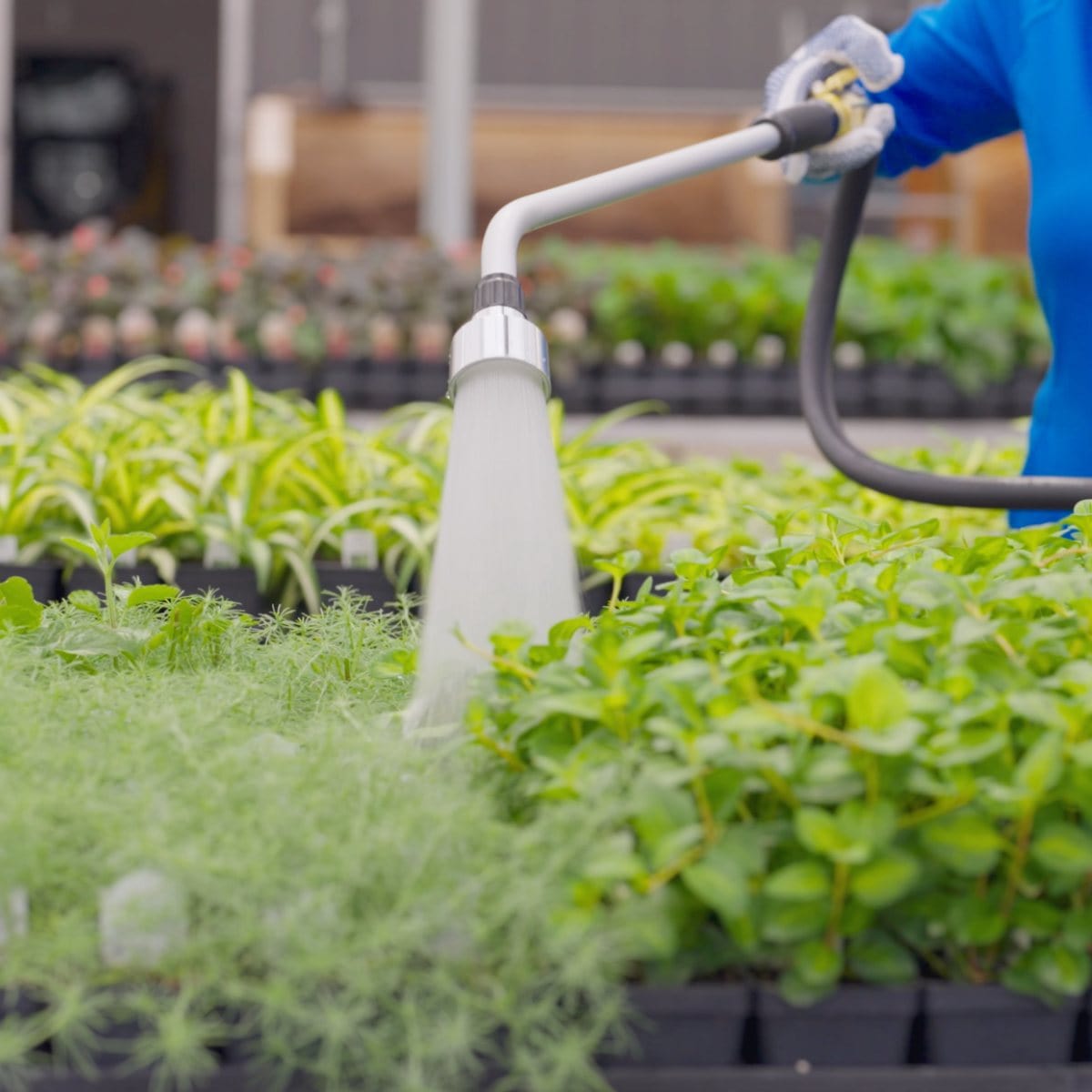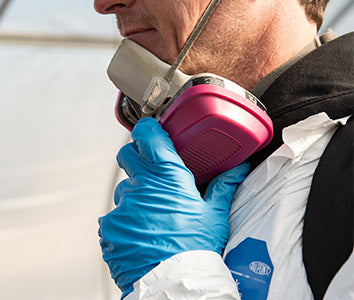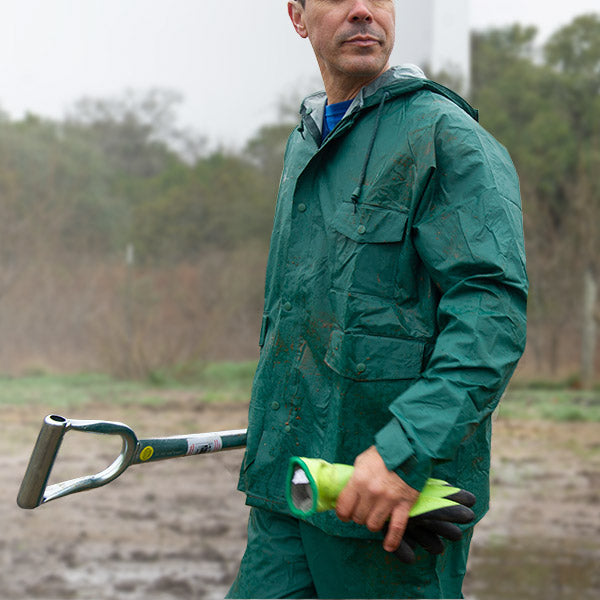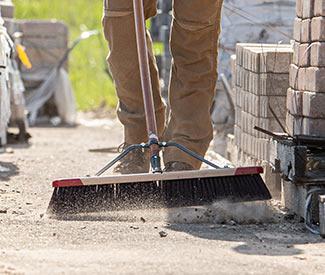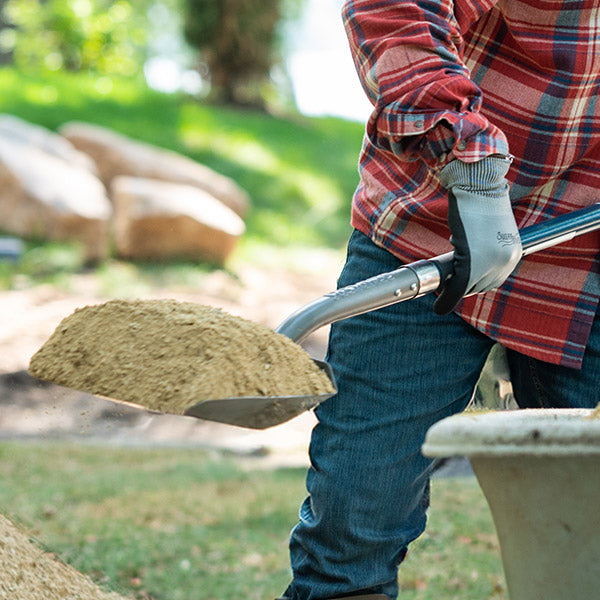Your choice of materials has a lot to do with your success, but so does how you apply them. With the ever increasing prices of pesticides, you need to make those dollars count. Here are some important considerations for applying pesticides correctly, whether you're using a backpack sprayer or a multi-nozzle, self-propelled spray rig.
Equipment Maintenance
Sprayer Maintenance
Complete a thorough inspection pre-season and once or twice during the season. Check the condition of all hoses, pipes, clamps and fittings, plus the tank, frame, boom, and other structural parts. Run the sprayer with clean water to remove deposits. Make sure your pump maintains a constant pressure and fluid flow.
Check all valves for proper operation. Examine strainers or filters and clean or replace if needed.
Check for any flow obstructions or leaks. Take nozzle bodies apart and clean and inspect gaskets, strainers, tips and other parts.
Nozzle Configuration
Review the chemicals you intend to use during the season and plan ahead by selecting the nozzles and tips you'll need to achieve the recommended application rate. Your nozzle selection determines volumes applied, so this choice is critical.
Tips for Applying Pesticides Correctly
Adjuvants
Are there materials you might consider mixing with your pesticides to improve coverage and reduce drift? Spreader-stickers or drift retardants can be beneficial if used according to the manufacturer's recommendations. Spray colorants can help you see where you have already sprayed, and help avoid over-application.
After Spraying
Try to end with an empty tank. Rinse the tank with a cleaning solution recommended for the chemical you've been spraying, followed by clean water. Spray rinsate out safely, without creating a puddle or runoff.
End of Season
Run the system with water and a manufacturer-recommended cleaning solution, then run with clean water. Remove all nozzles and store in a dry place.
